31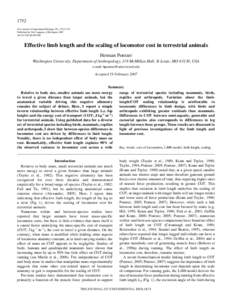 | Add to Reading ListSource URL: pages.nycep.orgLanguage: English - Date: 2012-06-14 12:50:51
|
|---|
32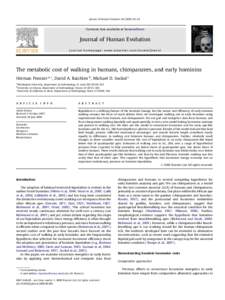 | Add to Reading ListSource URL: pages.nycep.orgLanguage: English - Date: 2012-06-14 12:50:45
|
|---|
33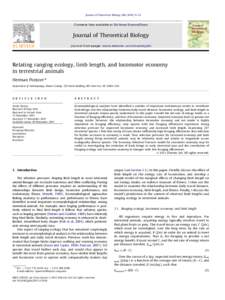 | Add to Reading ListSource URL: pages.nycep.orgLanguage: English - Date: 2012-06-14 12:50:55
|
|---|
34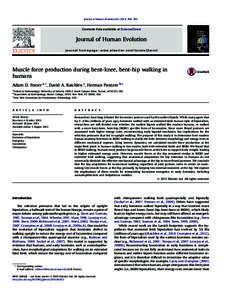 | Add to Reading ListSource URL: pages.nycep.orgLanguage: English - Date: 2013-12-18 16:55:39
|
|---|
35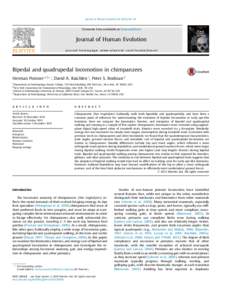 | Add to Reading ListSource URL: pages.nycep.orgLanguage: English - Date: 2014-01-14 11:36:08
|
|---|
36 | Add to Reading ListSource URL: www.earth-science-activities.co.ukLanguage: English - Date: 2013-08-18 13:21:37
|
|---|
37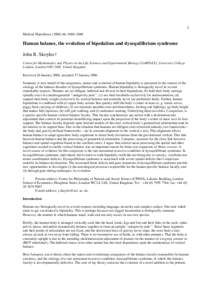 | Add to Reading ListSource URL: www.human-existence.comLanguage: English - Date: 2008-10-14 03:24:25
|
|---|
38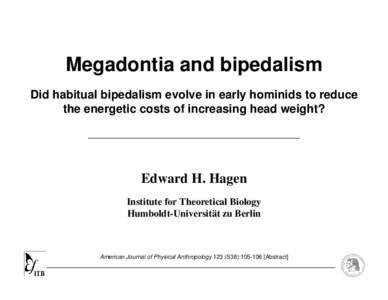 | Add to Reading ListSource URL: anthro.vancouver.wsu.eduLanguage: English - Date: 2008-11-24 18:10:24
|
|---|
39 | Add to Reading ListSource URL: beacon-center.orgLanguage: English - Date: 2013-10-15 14:43:30
|
|---|
40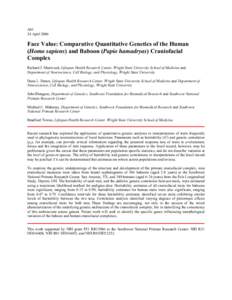 | Add to Reading ListSource URL: www.paleoanthro.orgLanguage: English - Date: 2014-12-05 14:22:02
|
|---|